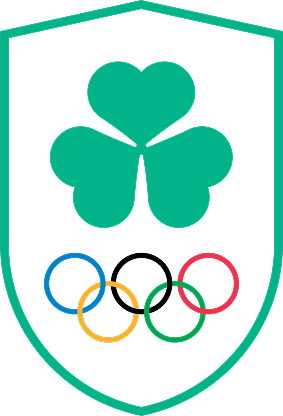National Federation
Canoeing Ireland
Irish Sports HQ
National Sports Campus
Blanchardstown
Dublin 15
Tel: 01 625 1105
Email: [email protected]
Web: http://www.canoe.ie/
Olympic History
Canoes and kayaks have been an important means of crossing small stretches of water for transport, hunting and fishing ever since early civilizations hollowed out to trees to use as primitive boats.
The Inuit Eskimos stretched animal skins waterproofed with whale fat over frames made from whalebone and driftwood to create the closed-top kayak, while Native North and South Americans developed the similar open-topped bark canoe for inland waterways.
In the 1860s, British barrister John MacGregor – a noted explorer and travel writer – studied the design of ancient kayaks and built a similar boat with which to travel Europe’s waterways.
Over time, other people were inspired by his design and the Royal Canoe Club was formed in 1865 to hold competitions and regattas. Britons traveling around the world introduced the concept to other countries, helping to spread its popularity so quickly that it soon became an Olympic sport.
Technical Details
Canoeing Slalom
While flat-water canoe and kayak racing is similar to rowing, slalom events are very specialised and more like downhill mountain-biking requiring quick reactions, timing, dexterity and physical strength.
Athletes travel down a 400m-long slalom course on turbulent white-water river-like rapids, having to stop, hold their position despite the fast currents and turn to adjust their course for the next in the tight, twisting sequence of 20-25 gates.
Events are held for both closed-topped canoes (in which the athletes paddle while kneeling) and kayaks (in which the athletes paddle while sitting). Both men and women compete in singles events, with a doubles canoeing event for men.
Rules
The ‘gates’ are placed specifically in locations so the competitor passes them downstream, (green gates), or upstream – against the current – (red gates, of which there must be at least six in the course).
A competitor receives a two-point penalty for touching a gate during the race and a fifty-point penalty for missing a gate.
Penalty points are added to the final time. (For example: a competitor finishes in a time of 2:20:82. Each second counts for one point, making 2:20:82 minutes a total of 140.82 points. However, during the race the competitor touched a gate once and missed another one. Two further points are added for touching one gate and an additional fifty points for failing to go through a gate, bringing the total up to 192.82 points).
The winner is the competitor with the least amount of points.
In the slalom race there are heats (two runs), semi-finals (one run) and finals (one run).
Every competitor / crew races on his / her own boat down the course, the opponent being the clock and the gates to be passed.
Depending on the number of participating athletes, competitors usually start at one-minute intervals in the heats and up to two-and-a-half minute intervals in the finals.
There are four disciplines in the Olympic programme: three men’s (K1, C1, C2) and one women’s (Κ1).
Weighing the boat and measuring its dimensions before the contest starts and after each race is an important competition procedure. Additionally, the specifications of the helmet and the buoyancy of the competitor’s lifejacket (weighing 6 kg) are checked.
